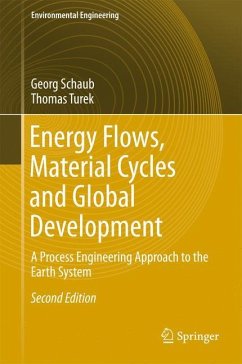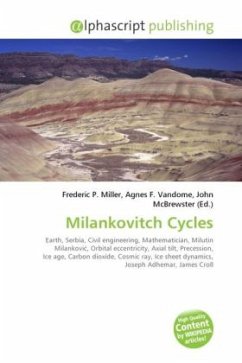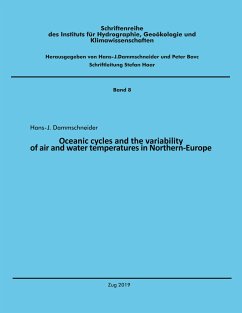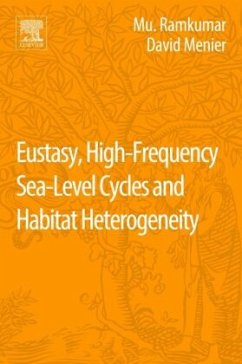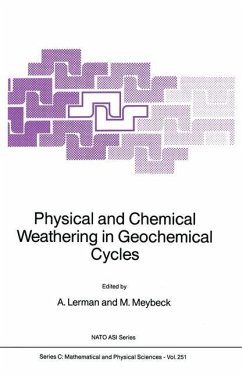
Earth Cycles
A Historical Perspective
Versandkostenfrei!
Versandfertig in 1-2 Wochen
72,99 €
inkl. MwSt.

PAYBACK Punkte
36 °P sammeln!
Humans have tried to figure out what formed the landscape of the earth for thousands of years. How were mountains created? Where did lakes and rivers come from? What lies under the surface of the earth? And one concept that greatly aided the scientific advance of the earth sciences was that of geological cycles. Once scientists understood that many geological actions are cyclic, the scientific knowledge of the earth exploded. These ideas are central to the nature of the earth sciences, and appreciating how scientists arrived at these ideas is essential for understanding the nature of the earth...
Humans have tried to figure out what formed the landscape of the earth for thousands of years. How were mountains created? Where did lakes and rivers come from? What lies under the surface of the earth? And one concept that greatly aided the scientific advance of the earth sciences was that of geological cycles. Once scientists understood that many geological actions are cyclic, the scientific knowledge of the earth exploded. These ideas are central to the nature of the earth sciences, and appreciating how scientists arrived at these ideas is essential for understanding the nature of the earth sciences.







